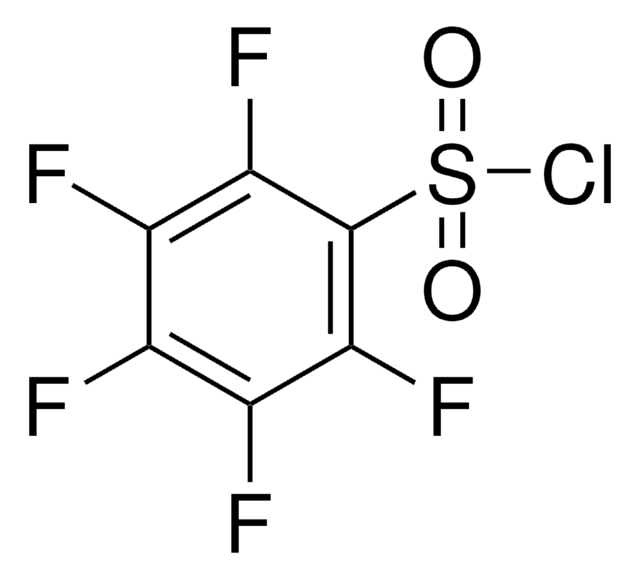71259
Insect GeneJuice® Transfection Reagent
Proprietary liposome transfection reagent optimized for maximal transfection efficiency of Sf9 insect cells for baculovirus protein expression.
Synonym(s):
GeneJuice Transfection
Sign Into View Organizational & Contract Pricing
All Photos(1)
About This Item
UNSPSC Code:
41106502
NACRES:
NA.54
Recommended Products
Quality Level
form
suspension
manufacturer/tradename
Novagen®
storage condition
OK to freeze
technique(s)
transfection: suitable
shipped in
wet ice
storage temp.
2-8°C
General description
Insect GeneJuice<TMSYMBOL></TMSYMBOL> Transfection Reagent is a proprietary liposome formulation optimized for maximal transfection efficiency of Sf9 insect cells. The reagent features extremely low toxicity to the cells and can be used for both transient and stable transfections in serum-containing or serum-free media, and for cotransfection of transfer plasmids with linearized virus DNA for the production of recombinant baculoviruses. Insect GeneJuice is ideal for large-scale protein expression in suspension-culture transfections of Sf9 insect cells when using pIEx<TMSYMBOL></TMSYMBOL> and pBiEx<TMSYMBOL></TMSYMBOL> vectors, which contain the immediate early baculovirus promoter, IE1.
Insect GeneJuice Transfection Reagent is provided as a 2 mg/ml suspension in 20 mM MES, 150 mM NaCl, pH 6.2 buffer. One ml is sufficient for 12 or 125 transfections in 10-ml suspension culture flasks or 35-mm plates, respectively.
- When Insect Genejuice® used in conjunction with Sf9 cell line, raw relative light units (RLUs) from Renilla Luciferase expression with plex is 131,90 Vs. 75,726 when other reagent used with Sf9, thus 1.7 fold difference.
- When Insect Genejuice® used in conjunction with Sf9 cell line, raw relative light units (RLUs) from Renilla Luciferase expression with plex is 131,90 Vs. 11,952 when other reagent used with High Five, thus 11 fold difference.
- When Insect Genejuice® used in conjunction with Sf9 cell line, raw relative light units (RLUs) from Renilla Luciferase expression with plex is 131,90 Vs. 31,897 when Insect Genejuice used with High Five, thus 4.1 fold difference.
Insect GeneJuice Transfection Reagent is provided as a 2 mg/ml suspension in 20 mM MES, 150 mM NaCl, pH 6.2 buffer. One ml is sufficient for 12 or 125 transfections in 10-ml suspension culture flasks or 35-mm plates, respectively.
Warning
Toxicity: Standard Handling (A)
Legal Information
GeneJuice is a registered trademark of EMD Biosciences, Inc., Madison, WI USA
GENEJUICE is a registered trademark of Merck KGaA, Darmstadt, Germany
NOVAGEN is a registered trademark of Merck KGaA, Darmstadt, Germany
Storage Class Code
12 - Non Combustible Liquids
WGK
WGK 1
Flash Point(F)
Not applicable
Flash Point(C)
Not applicable
Certificates of Analysis (COA)
Search for Certificates of Analysis (COA) by entering the products Lot/Batch Number. Lot and Batch Numbers can be found on a product’s label following the words ‘Lot’ or ‘Batch’.
Already Own This Product?
Find documentation for the products that you have recently purchased in the Document Library.
Customers Also Viewed
Chigang Chen et al.
PloS one, 8(9), e73912-e73912 (2013-09-17)
Xanthine oxidoreductase (XOR) is a cytoplasmic molybdenum-containing oxidoreductase, catalyzing both endogenous purines and exogenous compounds. It is suggested that XOR in porcine hepatocytes catalyzes the N-oxide reduction of quinoxaline 1,4-di-N-oxides (QdNOs). To elucidate the molecular mechanism underlying this metabolism, the
Frauke Hussmann et al.
Scientific reports, 6, 20653-20653 (2016-02-13)
Alp14 is a TOG-family microtubule polymerase from S. pombe that tracks plus ends and accelerates their growth. To interrogate its mechanism, we reconstituted dynamically unstable single isoform S. pombe microtubules with full length Alp14/TOG and Alp7, the TACC-family binding partner
Ylva C Strandberg Lutzow et al.
BMC veterinary research, 4, 18-18 (2008-06-03)
Mastitis in dairy cattle results from infection of mammary tissue by a range of micro-organisms but principally coliform bacteria and Gram positive bacteria such as Staphylococcus aureus. The former species are often acquired by environmental contamination while S. aureus is
Sandra Sacre et al.
European journal of immunology, 46(3), 772-781 (2015-11-26)
Toll-like receptors (TLRs) are innate immune receptors that respond to both exogenous and endogenous stimuli and are suggested to contribute to the perpetuation of chronic inflammation associated with rheumatoid arthritis (RA). In particular, the endosomal TLRs 3, 7, 8, and
Banzragch Battur et al.
PloS one, 4(9), e7136-e7136 (2009-09-24)
Lysine-ketoglutarate reductase/saccharopine dehydrogenase (LKR/SDH) is a bifunctional enzyme catalyzing the first two steps of lysine catabolism in plants and mammals. However, to date, the properties of the lysine degradation pathway and biological functions of LKR/SDH have been very little described
Our team of scientists has experience in all areas of research including Life Science, Material Science, Chemical Synthesis, Chromatography, Analytical and many others.
Contact Technical Service















